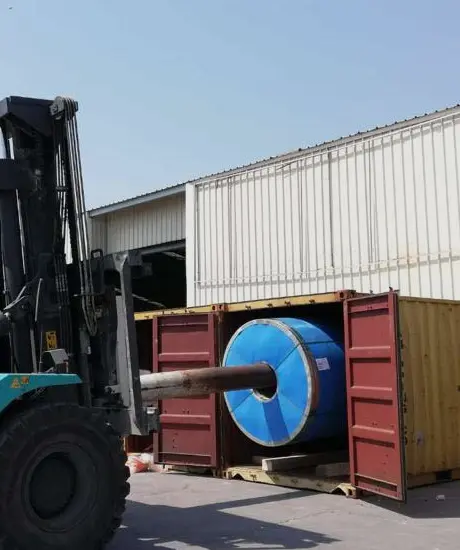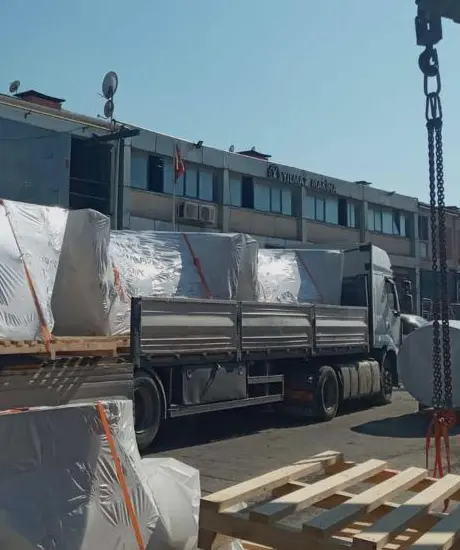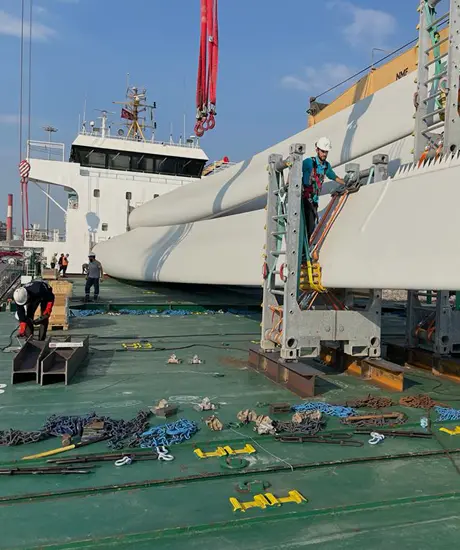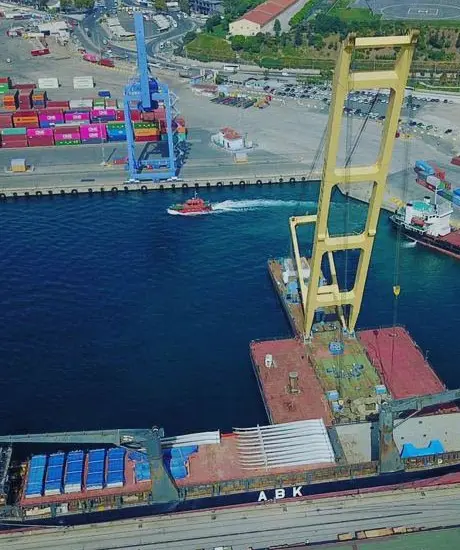Load securing is a process carried out in the transportation sector to ensure that the loads are transported safely and stably. It includes a set of methods and materials used to prevent unwanted movements and shifting of loads during transportation. Load securing must be carried out carefully during loading and unloading of the cargo onto the transport vehicle (truck, ship, train, etc.). There are important points to consider in the load fixing process, such as material selection, load balancing, safety standards, fixing points and regular maintenance-control.
Performing the load lashing process correctly is of critical importance for both the safety of the transported loads and the safety of the transport vehicle and passengers. Additionally, complying with legal regulations and safety standards helps prevent possible accidents and cargo losses during transportation.
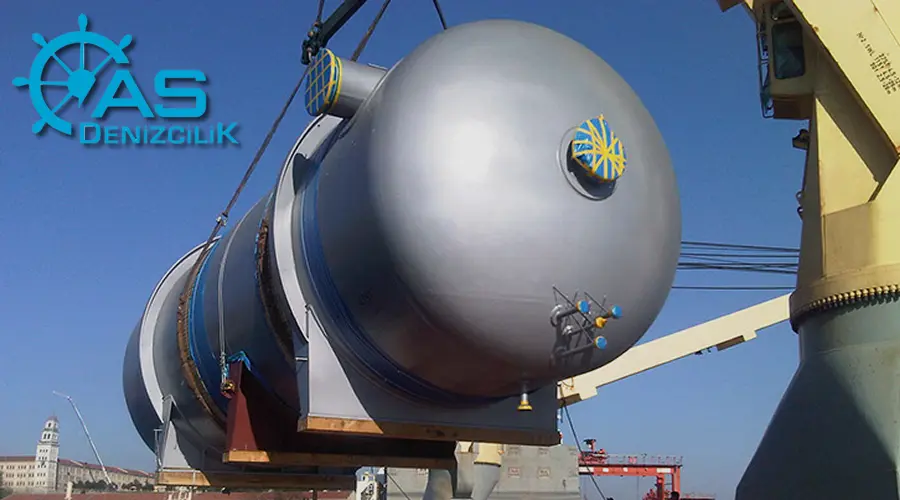
The materials used in cargo securing should be selected according to the weight, size and type of transport vehicle. Different materials such as ropes, straps, chains, tapes and foam padding are commonly used.
The load must be placed in a balanced manner relative to the center of the transport vehicle. Overloading or unbalanced placement may adversely affect the stability and control of the transport vehicle.
It is important to regularly check and maintain load securing equipment. If equipment is damaged or weak, it must be replaced.
In the load securing process, it is important to comply with certain safety standards. The load must be correctly fastened and fixed to the transport vehicle by using appropriate materials and equipment.
Fixing point is a fabric covering method that generally covers trucks and trailers carrying open loads, protecting the load against external factors and providing privacy.

Güvenlik Önemli!
Contact us to get detailed information about the services we provide or to get a price quote.

